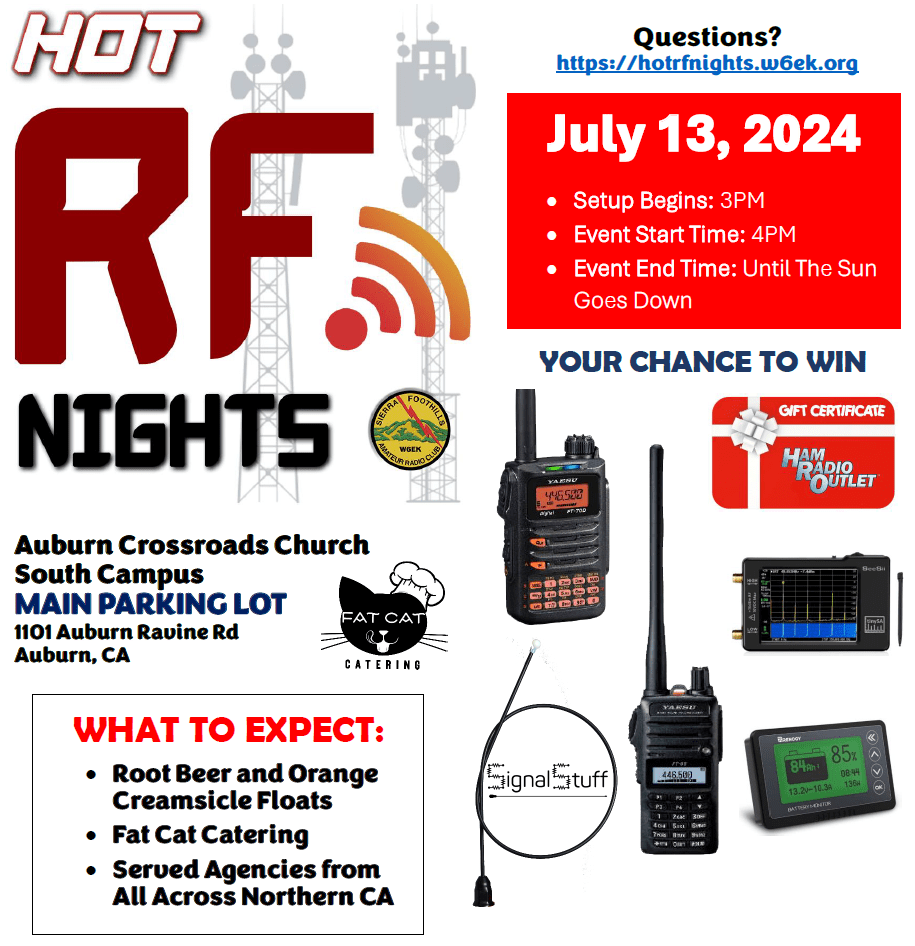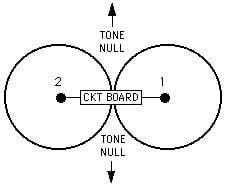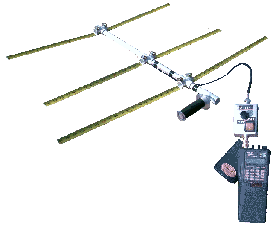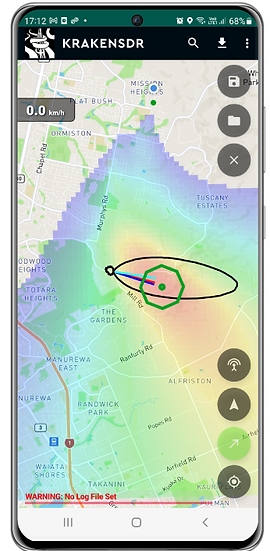Another great year at the Sierra Foothills Amateur Radio Club is nearing an end. One of the last club events for the year, and holiday tradition, is the December Family Holiday Fox Hunt.
Yes, our December Family Holiday Fox Hunt, as with most SFARC fox hunts, is on the last Saturday of the month which this year is December 27. As with most SFARC fox hunts our December Family Holiday Fox Hunt starts at 9:00 AM.
What is so special about the SFARC December Family Holiday Fox Hunt? As the name suggests, it’s all about making it a family event. It’s an opportunity, at the time of the year when our members are gathering with family, to bring the entire family out, especially the young ones, to a club event, to a club fox hunt, and show them a piece of what Amateur Radio is about and to have a really fun time doing so with your family and other participants families.
To make the December Family Holiday Fox Hunt fun for your entire family we host it is local park where it becomes a walking fox hunt, no driving required. We make it as accessible as possible to those with all levels of mobility. Yet at the same time we make it reasonably challenging and include multiple foxes so there are multiple opportunities to find a fox. The club has done this for several years now and it been very well received by all who have participated. And did I mention there will be prizes for the young ones and treats for all?
The December Family Holiday Fox Hunt will be at Regional Park in Auburn, 3770 Richardson Drive which is just a short distance from the intersection of Highway 49 and Dry Creek Road. We will meet 9:00 AM at the main parking lot near the paddle board courts (38.952465, -121.107092). There will be a pre-meeting to orientate participants to the layout of the park, details of transmitter frequencies and operations, and explain a few “rules”. There will also be loaner Fox Hunting equipment for those that need it and SFARC Elmers on hand with Fox Hunt tips and help for those who desire such.
Thanks to our four Fox tenders for this event; Brian AI6US, John KO6COW, Jayden W6EFM and Frank KG9M.
I strongly encourage you to bring the family out and enjoy this event. It is a blast and a wonderful way to wrap up another great year of family and Amateur Radio with the Sierra Foothills Amateur Radio Club. As Eric Burton sung in the song San Franciscan Nights, “It will be worth it”.
Greydon KC6SLE





 Jon (KI6RT)’s Byonics MicroFox 15 is typically available for club fox hunts (depending on what KI6RT is testing). Others in the club also own this model micro fox.
Jon (KI6RT)’s Byonics MicroFox 15 is typically available for club fox hunts (depending on what KI6RT is testing). Others in the club also own this model micro fox. SFARC owns two Byonics MicroFox 15S transmitters.
SFARC owns two Byonics MicroFox 15S transmitters. (time of arrival) that appears as a tone on the HT (handi-talkie). As illustrated on the right the tone will be null (i.e. minimum volume) when the antennas are equidistance from the hidden transmitter thereby providing a vector to/from the hidden transmitter. Once several bearings or vectors have been established and plotted on a map the location of the Fox can be estimated.
(time of arrival) that appears as a tone on the HT (handi-talkie). As illustrated on the right the tone will be null (i.e. minimum volume) when the antennas are equidistance from the hidden transmitter thereby providing a vector to/from the hidden transmitter. Once several bearings or vectors have been established and plotted on a map the location of the Fox can be estimated.  Growing in popularity is the
Growing in popularity is the